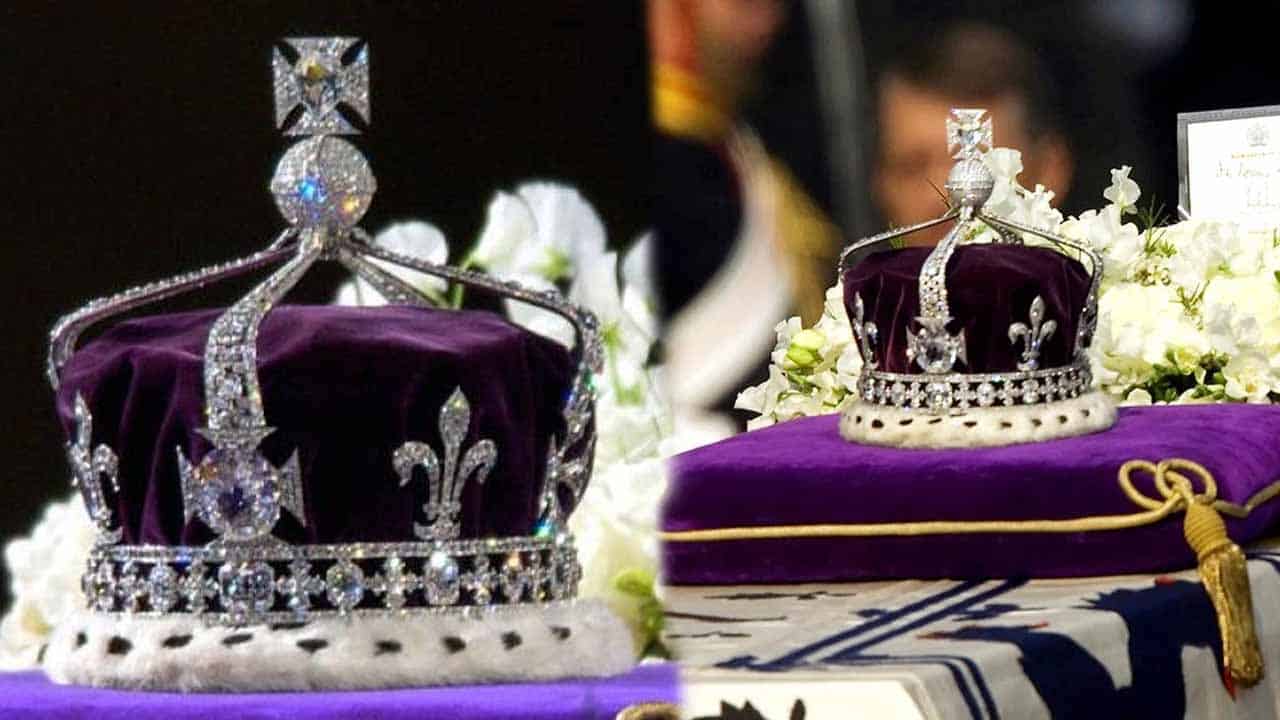The Koh-i-Noor is a Persian word means ‘Mountain of Light’, it is one of the largest cut diamonds in the world, weighing 105.6 carats (21.12 g). It is a component of the British Crown Jewels. The diamond is currently mounted in the Queen Mother’s crown. Because it stands for everything the former British colonies lost to their conquerors, the Koh-i-Noor diamond has become the most famous diamond in the entire world.
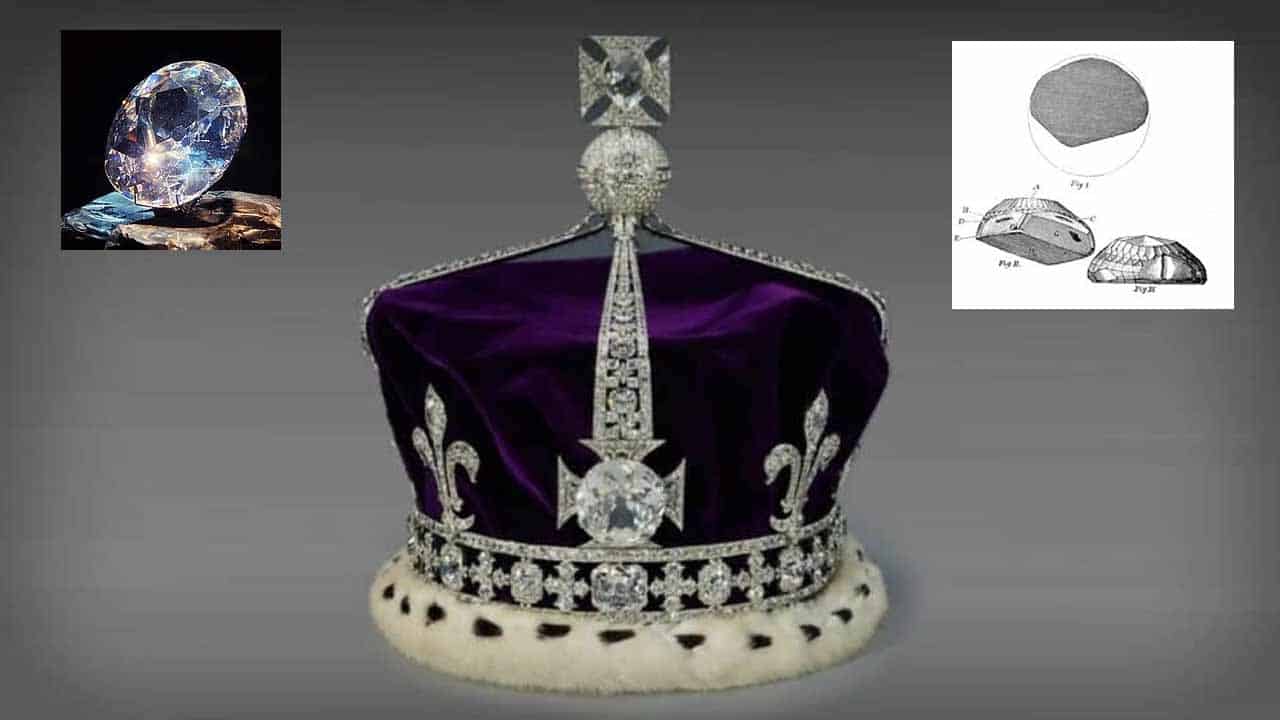
History of Koh-i-Noor
The stone was first discovered in the Indian Kollur Mine during the reign of the Kakatiya dynasty, who then installed it in the Bhadrakali Temple in Warangal. Its original weight is unknown, but the earliest well-documented weight is 186 old carats (191 metric carats or 38.2 g). Alauddin Khalji, the Delhi Sultan, purportedly got it later when he invaded southern India. However, Muhammad Maharvi notes the Koh-i-Noor as being one of numerous stones on the Mughal Peacock Throne that Nader Shah took from Delhi in the 1740s, which is the first reliable record of the diamond.
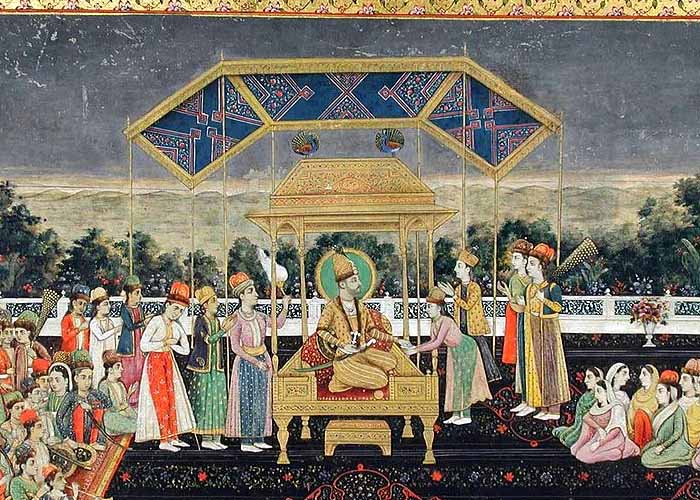
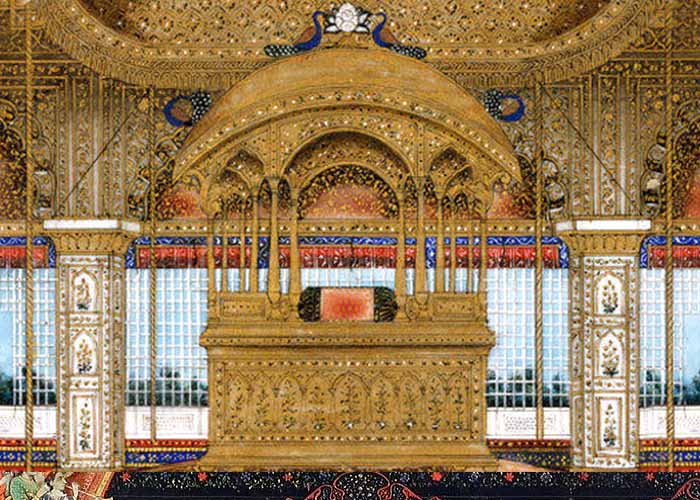
Following the British annexation of the Punjab in 1849, during the reign of the eleven-year-old emperor Maharaja Duleep Singh, who ruled under the shadow of the British ally Gulab Singh the 1st Maharaja of Jammu and Kashmir, who had previously owned the stone, the diamond then passed through various factions in south and west Asia before being given to Queen Victoria.
The diamond’s original cut was reminiscent of diamonds from the Mughal era like the Daria-i-Noor, which are now part of the Iranian Crown Jewels. It was put on show during the Great Exhibition in London in 1851, but the drab cut didn’t win over the crowd. Prince Albert, the husband of Queen Victoria, requested that it be recut by Coster Diamonds into an oval brilliant.
The culet (point at the bottom of a gemstone) is exceptionally broad by modern standards and seems to be a black hole when the stone is viewed from the front; despite this, gemologists believe it to be “full of life.”
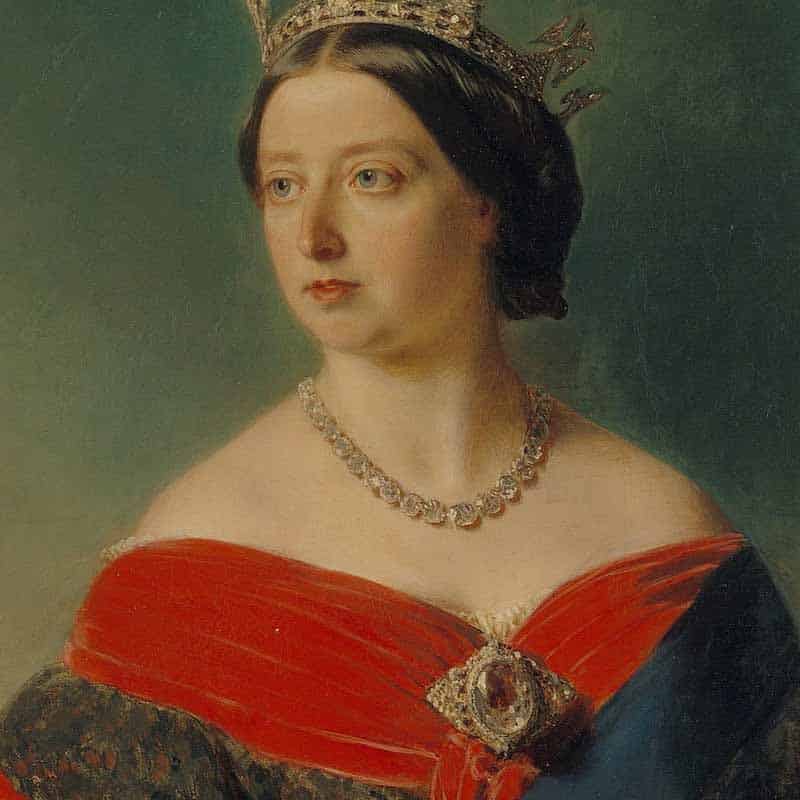
Koh-i-Noor gained a reputation as Bad Luck to Man
The Koh-i-Noor gained a reputation among the British royal family for bringing bad luck to any man who wears it because its past is filled with conflict amongst men. It has only been worn by female family members since settling in the UK. Victoria wore the gem as a circlet as a brooch. It was placed in the Crown of Queen Alexandra, Edward VII’s wife, after her death in 1901. In 1911, it was transferred to the Crown of Queen Mary, and then in 1937, during her coronation as Queen consort, it was transferred to the Crown of Queen Elizabeth (after known as the Queen Mother).
Ownership dispute
The diamond is currently on public exhibit in the Tower of London’s Jewel House. Since India’s independence from the UK in 1947, the governments of India, Pakistan, Iran, and Afghanistan have all asserted ownership of the Koh-i-Noor and asked for its return. The accusations were denied by the British government, which maintains that the gem was acquired lawfully in accordance with the provisions of the Last Treaty of Lahore.
The diamond was claimed by Pakistan in 1976, who claimed that returning it would serve as “a convincing proof of the spirit that drove Britain voluntarily to shed its imperial encumbrances and spearhead the process of decolonization.” “I need not remind you of the various hands through which the stone has passed over the past two centuries, nor that explicit provision for its transfer to the British crown was made in the peace treaty with the Maharajah of the Sikh Empire in 1849. I could not advise Her Majesty that it should be surrendered,” wrote British Prime Minister James Callaghan in a letter to Zulfikar Ali Bhutto, the Prime Minister of Pakistan.
